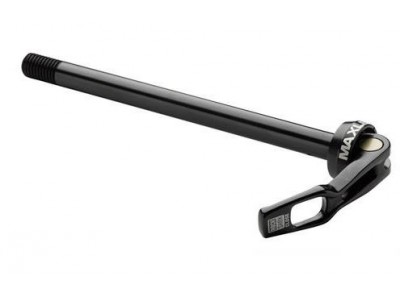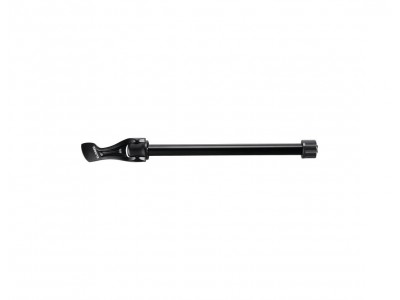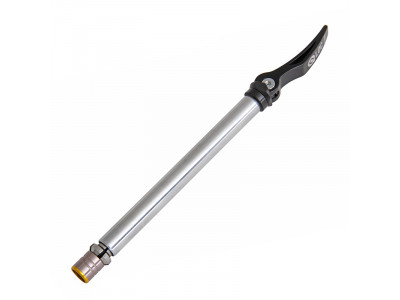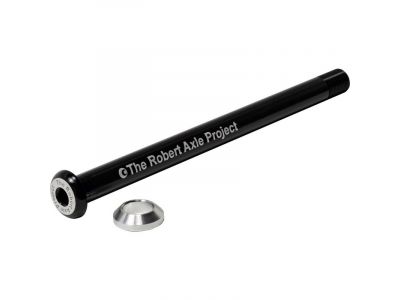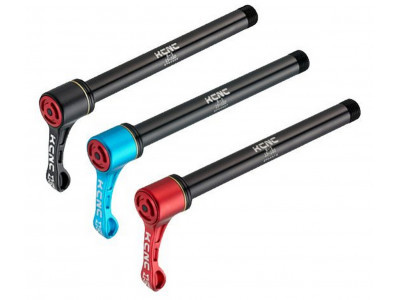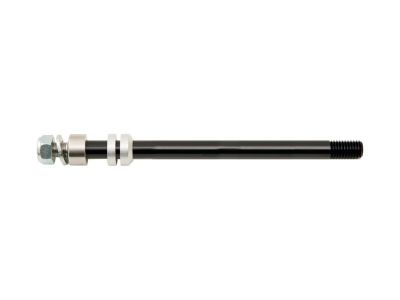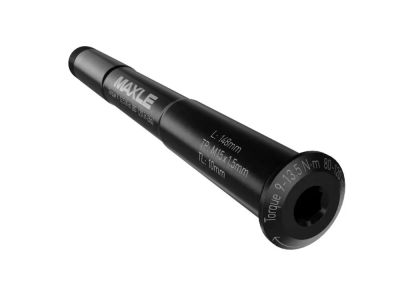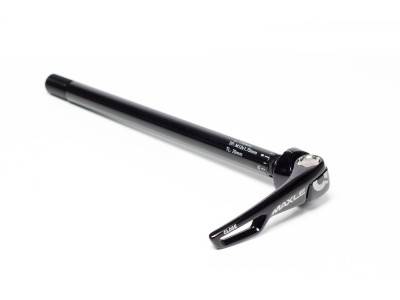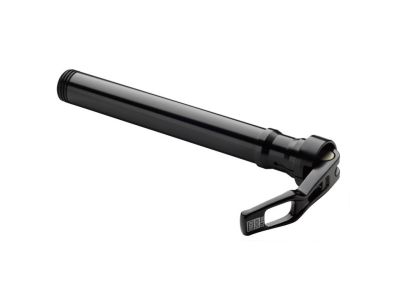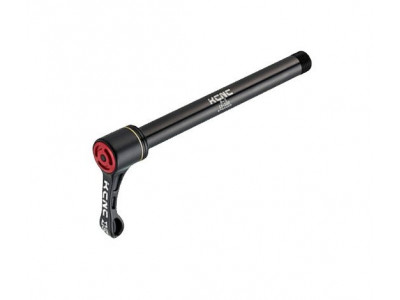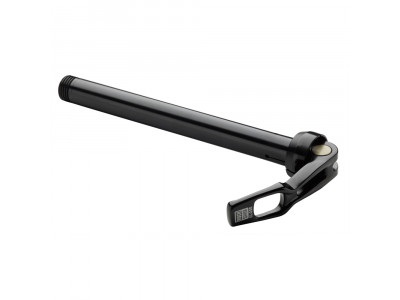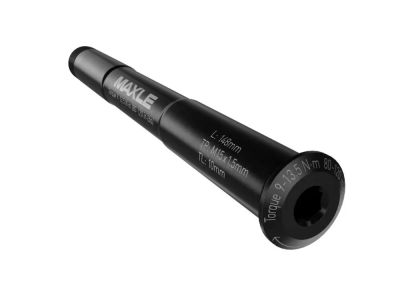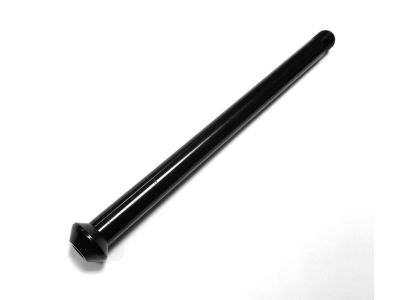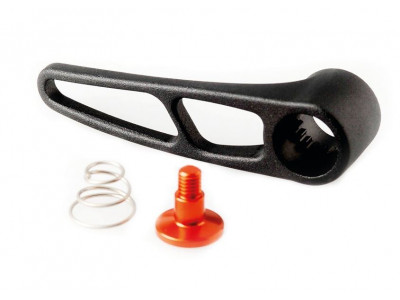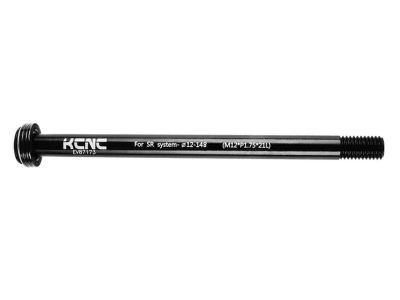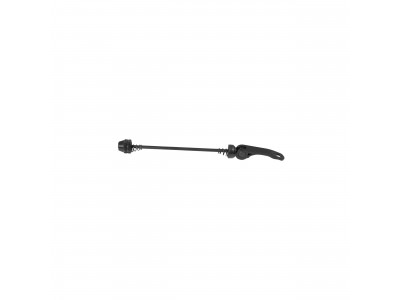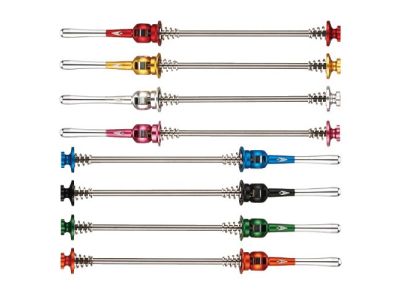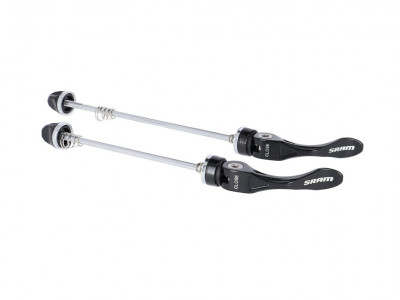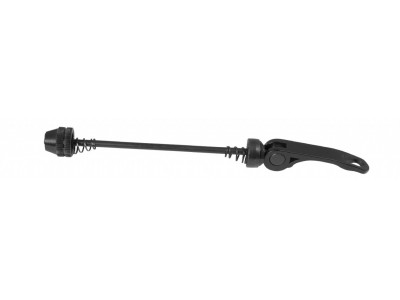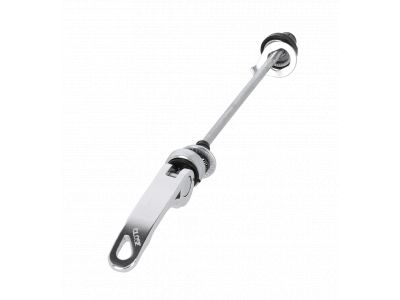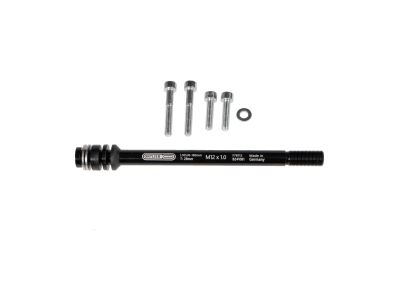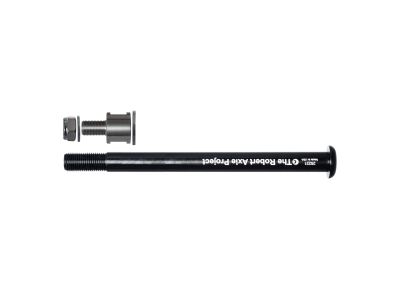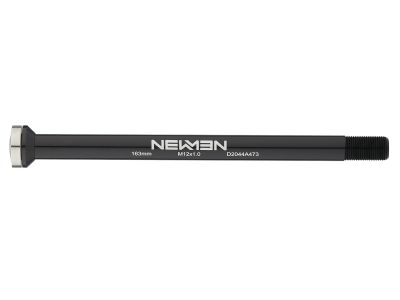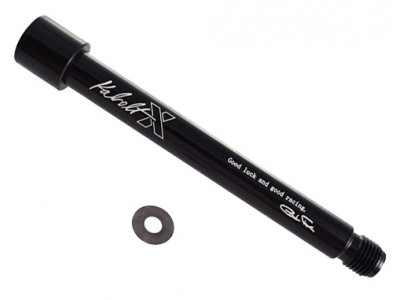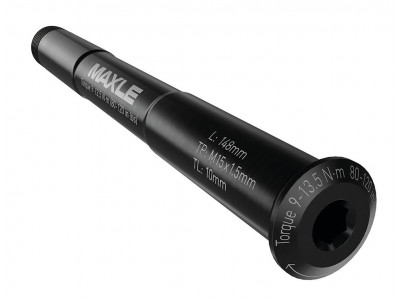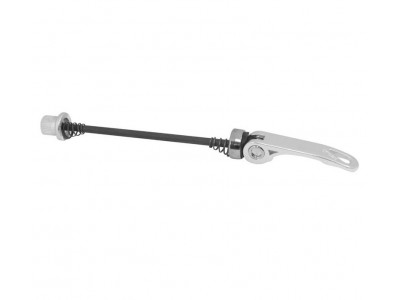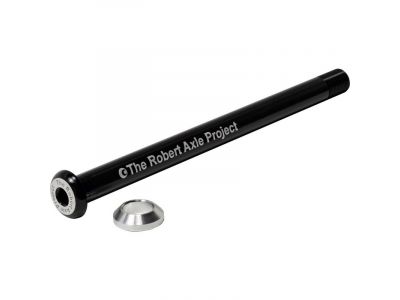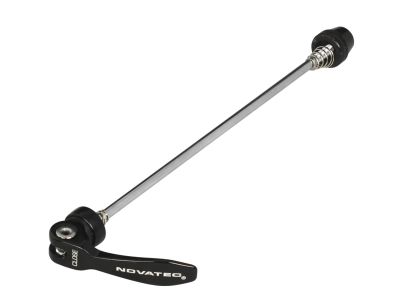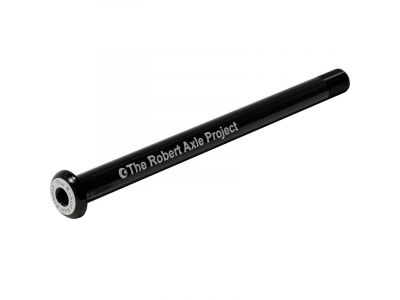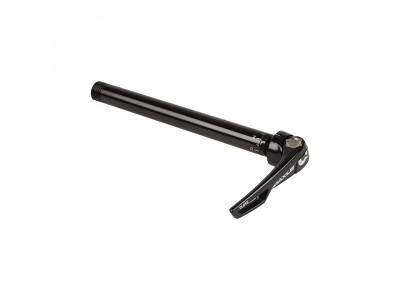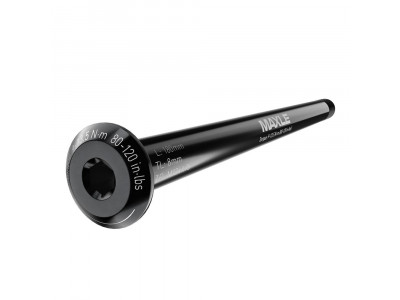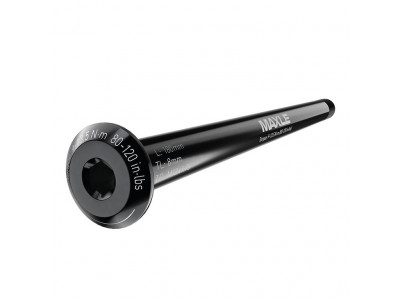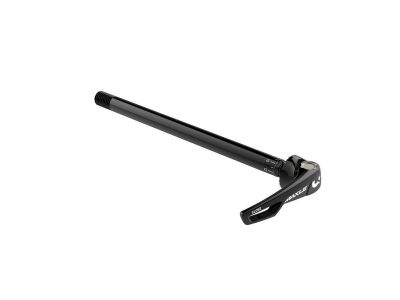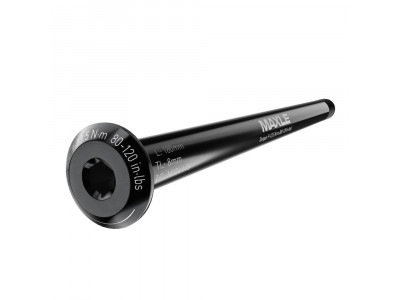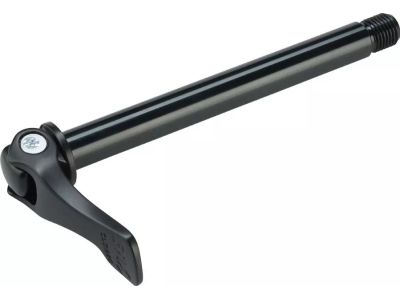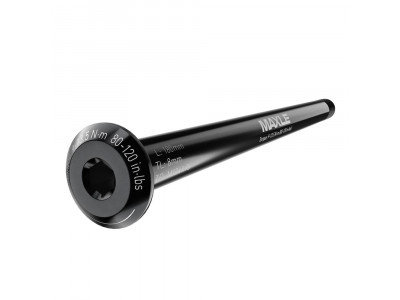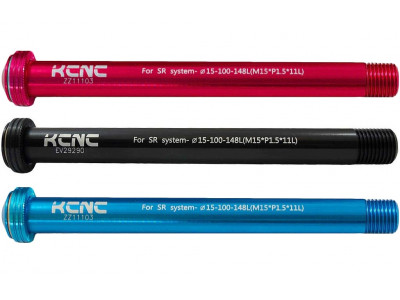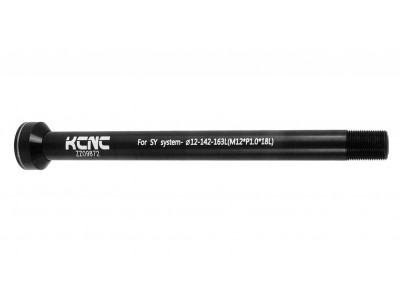There are two main types of axles for bicycle wheels. Quick-release axles are a type of axle that has been used in bicycles for many years. They consist of a lever cam mechanism and a threaded nut. The axle passes through the wheel hub and the lever is used to tighten or loosen the nut, allowing for quick and easy removal and installation of wheels. Thru-axles are an alternative to quick-release axles that provide increased rigidity and security when attaching wheels. The thru-axle passes through the hub and is threaded directly into the bicycle frame or fork. Thru-axles provide increased stability and are commonly used in mountain biking due to the advantages they provide.
Here is a brief specification of both quick release and fixed axles:
Quick release fasteners:
- Axle diameter: The diameter of the quick release axle can vary depending on the specific model or brand of bike. Quick release hubs have a hollow axle with a diameter of 9 mm at the front and 10 mm at the rear, through which a quick release with a diameter of 5 mm passes.
- Length: The length of the quick release axle is determined by the width of the hub. It should be long enough to pass through and extend beyond the hub, allowing for proper tightening and securing of the wheel. Typical axle lengths for rear hubs are 130 or 135 mm and 100 mm for front hubs, but you will need to measure the axle length specifically for your hub.
- Lever mechanism: A lever mechanism is designed to easily tighten and loosen a quick-release axle. It usually consists of a lever that can be opened or closed, allowing for quick and convenient removal or installation of the wheel.
Fixed axes:
- Diameter: Depending on the specific bike frame and fork design, different diameters are available, such as 12 mm, 15 mm, or 20 mm.
- Length: The length of the thru-axle is determined by the distance between the ends of the frame or fork. Common front axle lengths are 100 mm for road bikes and 110 mm for mountain bikes. Rear axles can vary, with 142 mm and 148 mm being common for mountain bikes.
- Thread pitch: There are threads at one end that allow the axle to be securely attached to the frame or fork. The thread pitch refers to the distance between each thread. Common thread pitches are 1.0 mm, 1.5 mm, and 1.75 mm.
- Lever type: For easier removal and installation, solid axles can have different types of levers. Some have quick-release levers, while others have screw-on levers that require a tool to tighten or loosen.
It is important to note that specific axle parameters may vary depending on the manufacturer, bicycle model, and type of hub used.
How to choose the right axle for your bicycle wheel?
- Axle type: There are two basic types of axles available. Quick-release axles are commonly used on road bikes and some entry-level mountain bikes, while solid axles are more common on high-end mountain bikes and gravel bikes. Specialized bolt-on axles are often used on BMX bikes and some city bikes. Choose the axle type that matches your bike's design.
- Axle diameter: Axle diameters can vary depending on the design of the front or rear hub of the bike. Common sizes include 9 mm, 12 mm, 15 mm, and 20 mm for thru-axles, and 5 mm and 9 mm for quick-release spokes. Check your bike's specifications to determine the correct axle diameter.
- Axle length: The axle length is determined by the frame or fork spacing. Common front axle lengths are 100 mm for road bikes and 110 mm for mountain bikes. Rear axle lengths can vary, with 130 mm and 135 mm being common for road bikes and 142 mm and 148 mm for mountain bikes. Make sure you choose an axle that fits your bike frame.
- Weight and stiffness: Depending on your riding style and preferences, you may want to consider the weight and stiffness of the axle. Lighter axles can reduce the overall weight of the bike, while stiffer axles can improve power transfer and steering precision. However, these factors often come with a higher price tag.
- Manufacturer's recommendations: It's always a good idea to check your bike manufacturer's recommendations for axle selection. They may have specific axle requirements or recommendations based on the frame and fork design.
How do I measure the length of the axle?
To measure the axle length, you need to measure the distance between the inside edges of the frame or fork width. This measurement will give you the required axle length for your specific bike.
Can I use a thru axle with a quick release axle hub?
No, a thru axle is not compatible with a hub designed for a quick release axle. Thru axles require a specific hub design that matches the diameter and length of the axle.
